Highly prized and equally highly priced, the Elite UFO’s 45 has arguably become THE quintessential Kentucky garage record. This is the story, which I started in 2010 and shelved, but have now completed. Enjoy. [2019 Shawn Chambers / Lexingtunes]
Teens from across Powell County rush into the Stanton skating rink and out of the crisp, rapidly cooling autumnal air. Inside some can’t resist sliding their fingers across the cold, black surface of the massive pot belly stove still solidly in hibernation for a few more weeks. Tonight only a few of the exterior windows would be opened to cool down the revelers. Weekly allowances are quickly exchanged for hot dogs, potato chips, and five cent paper cups of Ale 8. Up front a repurposed Christmas color wheel splashes over the assembling band coloring them from red to green to yellow to blue. The band and audience smile across the floor at each other. Appropriately there is no stage. This is not some band of unknowable rock stars. This is a group of friends. Of relatives. Of family. This… is the ELITE UFO!
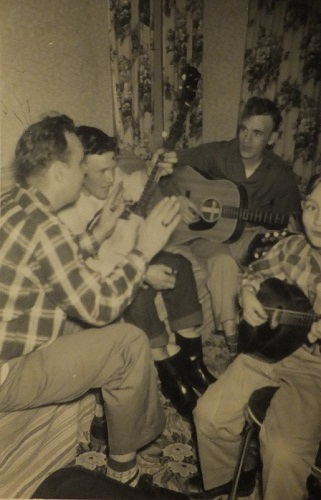
In most bands the lead guitarist and vocalist are invariably the central characters and the Elite UFO followed such a convention. Vocalist James “Jimmy” Smith was born in 1946 into a nomadic family that had little roots due to his father traveling for work. Young Smith lived in Minnesota, Texas, and Ohio before the family finally settled back in Montgomery County in the small community of Jeffersonville and opened a grocery store. Life from 1953 to 1957 was a busy one for Jimmy. In addition to stock boy, he operated the gas pump and (with some slight modifications) was sometimes sent down country roads in a ’36 Dodge to deliver groceries!
Smith’s Grocery became a popular gathering spot as is often the case in rural communities. Two of the most prominent porch sitters were the Skidmore brothers – fiddle player Sherman and champion banjo player James. The brothers rented a house from the senior Smith and were already well established on the Bluegrass music circuit. Little Jimmy Smith had acquired a mandolin and the impromptu evening jam sessions became music lessons with James coaxing Jimmy along.
In school season, Jimmy learned clarinet and some saxophone and played in the school band. Then he heard Buddy Holly. With his father’s permission he traded the clarinet for a guitar and aided by family members he began to learn some chords.
Across the county line a short distance away in Stanton, another youngster named Morris Drake (b. 1949) was on his own early musical journey. Drake loved singing and was encouraged with a guitar at age eight or nine, but a sister’s errant step made short work of it. A few years younger than Smith, Drake had his own musical epiphany with Beatlemania. He was gifted a Sears Silvertone and despite his earlier lackadaisical attempts, it was now an obsession.
Playing guitar was all I did, all I thought about. – Morris Drake
His dedication and calloused fingers paid off and in short order, Drake formed and fronted the Emotions in Powell County. The band made their performance debut by rocking a sock hop at the old Powell County High School.

Meanwhile, Jimmy Smith (now a rhythm guitar player) had also formed a band with his cousin Jay Smith (b. 1950 – bass), Willie Ashley (lead guitar), Marvin Patrick (b. 1948 – keyboard/trumpet) and Roy Lee Muncie (b. 1945) on drums. The band would often travel in a ’49 Packard hearse equipped with a loud speaker that Roy Lee would use to broadcast show details to passersby in whatever town they had booked into.
Much like the Emotions, the unnamed Smith ensemble mostly played the roller rink circuit. There were occasionally more memorable shows, however. Playing the side room of Big Sam’s Quick Stop (a rumored bootlegger) with a live bear caged out back was always a lively time. Sometimes it was just the crowd of hormone fueled boys that livened things up – and not always in a good way. One show at the Ravenna Armory led to a smashed windshield on their hearse and audience fistfights were not uncommon.
The biggest break for the Smith band came in the summer of 1965 when they appeared on Channel 18’s Stan Corman show and covered the Stones’ version of “Time Is On My Side”. Just when things appeared to be breaking – Willie Ashley was drafted. Jimmy Smith had himself been drafted prior but declared ineligible due to colorblindness. Ashley’s call up would stick and this was certainly a blow, but not insurmountable.
While Smith was struggling with personnel issues, Morris Drake had forged a new musical friendship with a Powell County High School newcomer. Gary Chenault arrived in the summer of 1965 to establish in-state residency prior to his Senior Year before a planned enrollment at the University of Kentucky. Chenault was born in Lexington in 1948, but his family had relocated to Ohio early on. His high school years were spent playing sax both at school and with a quintet that played primarily at a friend’s house. Additionally, he was learning guitar in a non-traditional style. Like Lexington legend Little Enis, Chenault was a lefty and played his father’s guitar upside down but without restringing it. Despite the unorthodox style, he became proficient enough as a rhythm player and would switch instruments as needed. Another skill he packed to Kentucky was the ability to read music. He and Drake became fast friends and spent many hours talking music.
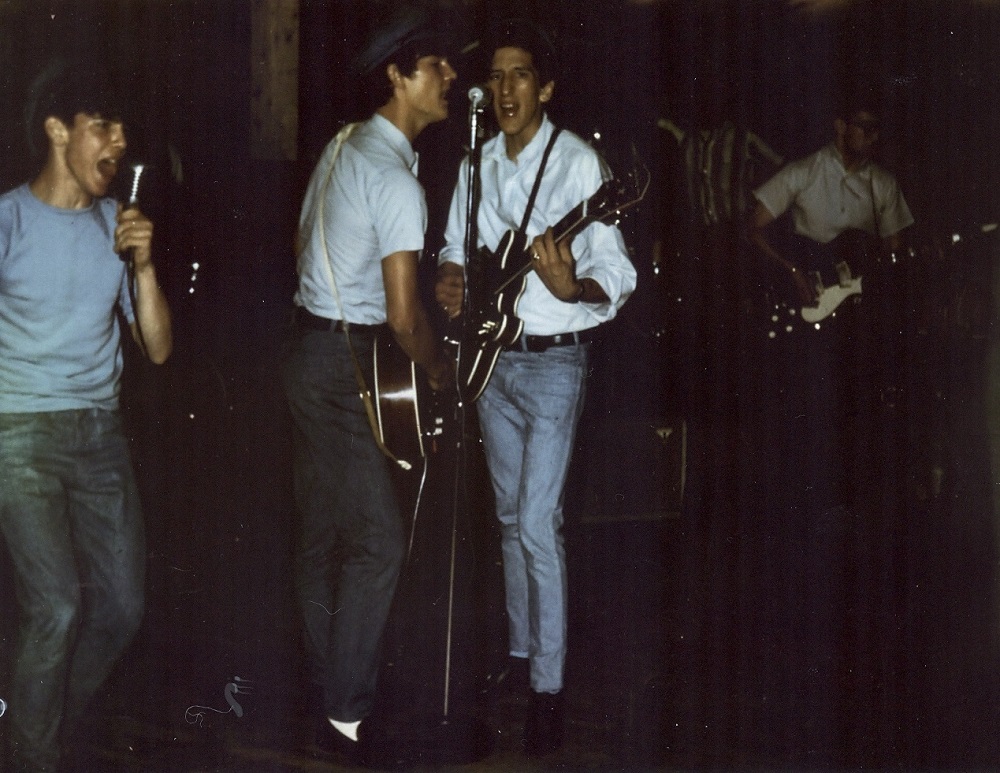
The talent pool in Powell County was understandably small, but it didn’t matter if it had been ocean-sized because Jimmy Smith knew exactly where to look for Ashley’s replacement. Morris Drake was on everyone’s radar as a guitarist by this time so it was little surprise that Smith turned to him with an offer to join the band as the new guitarist. Drake agreed and for a brief period he and Willie Ashley shared lead duties until Ashley shipped to Vietnam.
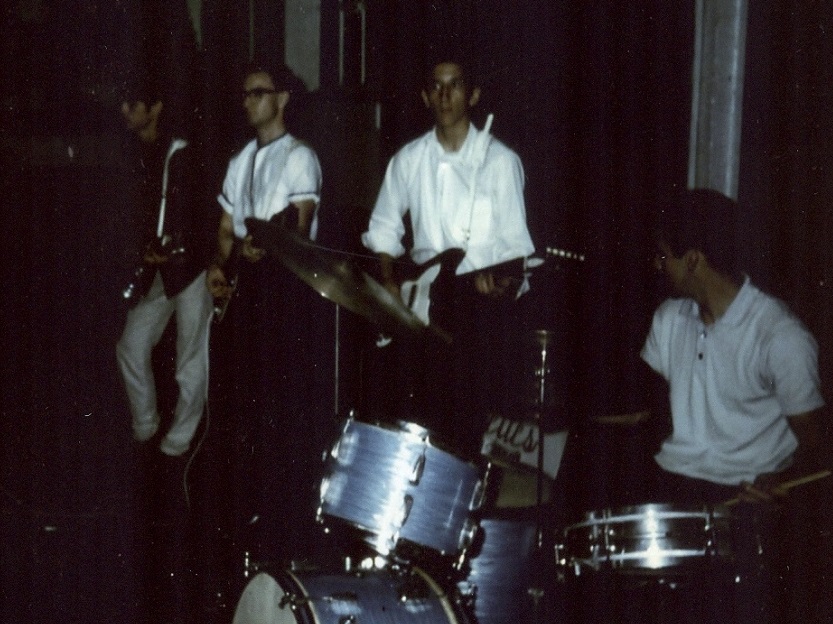
Drake brought more than just some hot licks. He also petitioned membership for his friend Chenault who was readily accepted. It was the fall of 1965 and along with Jay Smith, Roy Lee Muncie, and Marvin Patrick a new band was formed.
I was saying ‘elite’ a lot at the time. You may have noticed I put it in the song, too. I don’t remember how the UFO came along but it seemed to fit. The Elite UFO. – Morris Drake
Shows followed at nearby armories and roller rinks where the band would typically play for fifty percent of the door and walk away with seven or eight dollars apiece. The large crowd at Stanton’s roller rink was virtually guaranteed as the rink was one of the nicest entertainment venues in the entire region at the time. The rink was leased by the parents of Drake’s old Emotions bandmate Don Battles and the boys felt very welcome there. It was at these shows that the band was noticed by Herbert Lewis.
Sadly, early information about Herbert Lewis is lacking. It is known that he was a member of the Powell High Playboys band in 1956 and he is rumored to have sold some country songs that were ultimately recorded in Nashville by a “famous country music star”. Research so far has failed to provide more details. It is certain, however, that he did indeed have Nashville connections as he became the impetus behind the band’s recording session.
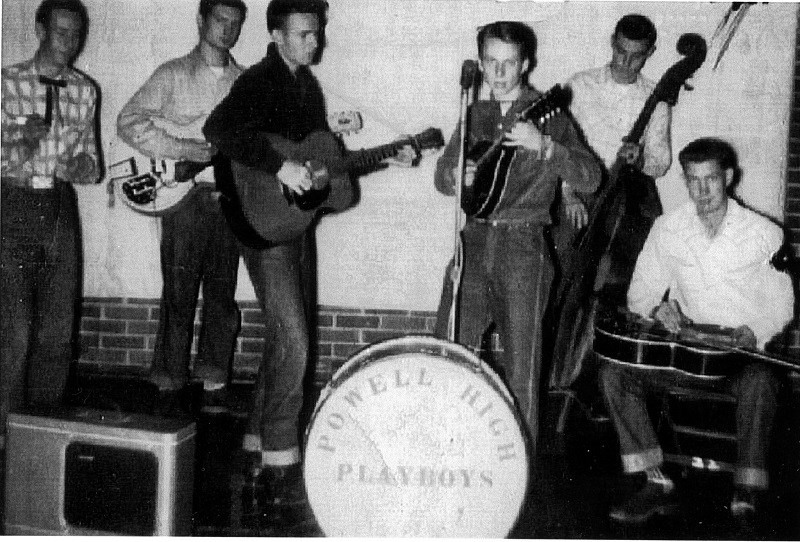
In the fall of 1966, Lewis was now managing the band and had arranged a recording session in Nashville. Two vehicles were loaded up and with most of the band still in high school, this would have to be a short weekend trek.
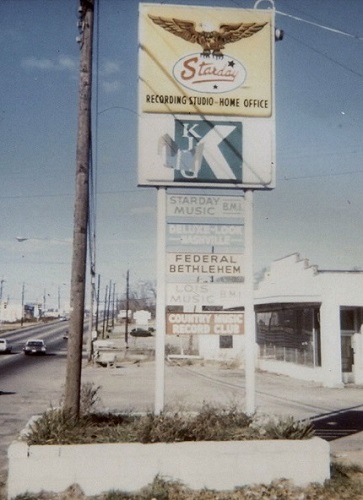
Just beyond Nashville the boys stopped at the Starday studios in Madison. Details were hammered out for the next morning session, but for reasons not entirely clear the original material they had planned to record was deemed unsatisfactory. The decision was made to come up with something new and come up with it FAST!
While Herbert Lewis shuttled the other band members to see a show that night at the Grand Ole Opry, Morris Drake and Jimmy Smith were left behind to come up with some new material. Lyrics drew inspiration from both “Down In the Boondocks” (Billy Joe Royal’s hit the prior year) and Smith’s own recent female misadventure. The music borrowed freely from the Raider’s “Louie, Go Home”, but Drake created a cut that was distinctly the Elite UFO. The flip instrumental was to be much easier as Drake had been tooling around with it for a while in his spare time.
Despite nerves, lack of sleep, and (at least for two members) unfamiliar instruments, the next morning the band ran through the track just a few times before rolling the tape.
So Herbert had me leave my guitar at home. ‘The studio will have instruments’, he said. I ended up with a Mosrite down there. Didn’t like the sound of it. – Morris Drake
Jay was probably much happier to leave his “bass” behind. The band had limited access to equipment and back in Kentucky sixteen-year-old Jay had been playing a hollow body guitar strung with four heavy gauge strings plugged into an amp with the BASS knob cranked up and the TREBLE down. While this was country boy innovation at its finest, the studio-provided Mosrite bass was surely appreciated by the teen.
“Now Who’s Good Enough” presents a tale of lost love set against a backdrop of small-town class warfare and bears a far darker tone than Royal’s pop song. While the boy from the boondocks still possesses optimism and secretly enjoys the love of an upper crust gal, Drake’s anti-hero is dumped as the song begins and embarks on a journey of perceived redemption by clawing his way to “a front row seat in a world of the elite.” Inflected with just the right amount of arrogance by Smith’s vocalizations this becomes a song of pure revenge, which builds to a final outburst:
Here I sit, atop my throne
I made it here all alone
I had no help from the outside world
Much less, that high class girl
I made it on my own – Yeah!
This world I feel is mine
I made it here by myself
You didn’t help me – Nooo!
I made it here – Yeah!
Ooooooh yeaaaah!
The flipside is certainly not to be dismissed. Arguably, there are just as many fans of the B-side “Tarantula” and rightfully so. Showcasing Drake’s guitar work, the band delivers three minutes of barely controlled exuberance that flat out sizzles. The driving surf guitar sets the foundation and is emboldened by south-of-the-border musical elements and shouted exhortations commencing in a Tequila-esque wrap up. Pure fun.
Band memories are fuzzy some fifty plus years on, but at least a couple members recall recording two additional instrumentals. These are long lost to history and no masters exist of the original session.
Again, the connections of Lewis are uncertain, but the publisher (Javic Music) is associated with Hilltop Recording studio also in Madison. The pressing on Musicarts, Inc. possibly numbered as high as 500, but is seldom found in the area. The band members were each given ten copies with Lewis mailing many copies to radio stations for play. A small amount was allocated for sales at shows, but none seemed to have been available at area music stores.
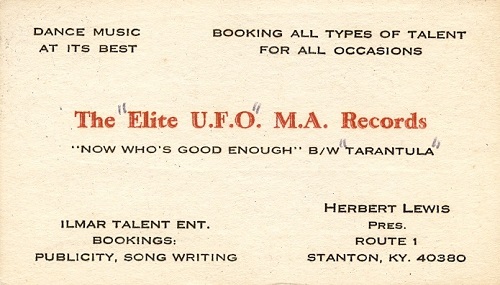
The boys certainly enjoyed a small bit of fame amongst their peers. At least one radio interview with a WIRV disc jockey followed, but any playback by stations outside the region can only be guessed at. Ultimately the record didn’t bring as much attention as was hoped. Gary Chenault entered the Marines in February of 1967 and the band dissolved shortly thereafter.
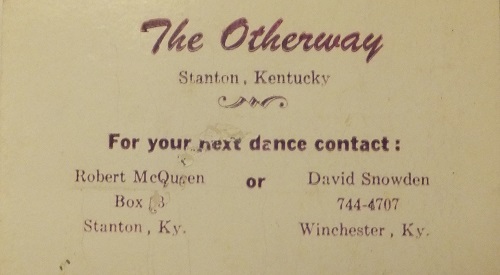
The nucleus of Morris Drake and Jimmy Smith quickly followed with a short-lived Stanton band called the Otherway, but it was only a semi-serious effort and certainly ended when Drake joined the Navy and shipped off to the Pacific.
Tragedy struck in 1968 while former bandmate Willie Ashley was home on leave. A late night car crash ended his life along with drummer Roy Lee Muncie and another friend who died from complications a short time after. There was one survivor.
Jay Smith went to work with Herbert Lewis in an auto body shop in Stanton. Jay later became a police officer and also worked as a mechanic for the Lexington police department. He spent several years playing music with cousin Jimmy in the Wild Horses band. He died in December of 2000 from skin cancer at age 50.
Estill County’s Marvin Patrick went on to a long music career in the area. A multi-instrumentalist, Marvin would play both rhythm and bass with Danny & the Exciters alongside Danny Neal, Paul Wasson, and Lewis Edwards. They would ultimately become the Purple Bus Stop and some Lemco label fans will remember them as the B-side backing band on Bobby Charles Wylie’s cover of “Whole Lotta Shakin’”. This was followed by Marvin spending a very long time with Jerry Rice’s band Mischief with a CD released in the late 80s.
Gary Chenault served his time in the Marines and returned in 1971, got married, and enrolled at Eastern Kentucky University. Chenault learned construction and moved where work dictated. He spent years in Florida constructing Kroger grocery stores and then in Myrtle Beach, South Carolina, where he was on the crew that built the Patricia Grand Hotel. Chenault hasn’t played sax by his own admission in about 30 years, but has no regrets about anything.
Hell, I’ve had some tough times. Done some dumb things. I’ve always been better doing what I want to than what I should do. – Gary Chenault
Gary’s real love became long haul trucking and he spent years running refrigerated freight from Chicago to Miami, Florida. Today Gary has shortened his routes, but keeps on trucking full time with the sun at his back and outlaw country blasting from this radio.
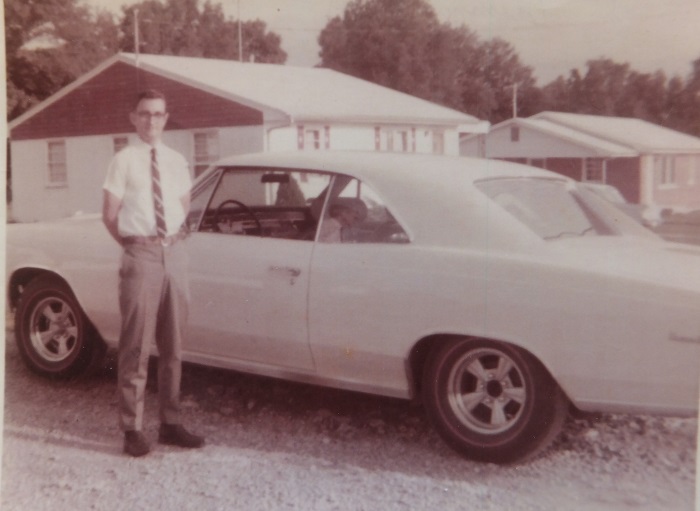
Jimmy Smith spent time traveling the country much in the same way as his father. High school summers spent working with his father in construction gave him skills that translated easily to work around the United States. He drifted to Kansas to work on a pipeline, and also worked in a factory, but ultimately returned to his beloved Kentucky. Back home Jimmy worked for both the Clay City and Mt. Sterling newspapers as a typesetter. In 1976 he formed the aforementioned Wild Horses band with cousin Jay. They stayed together until 1983. They gigged throughout the neighboring counties notably at the Sorghum Fest in West Liberty and several class reunions. Jimmy did not play again until the early 2000s when he was coaxed into playing bass with a gospel group where he was reunited with his old mentor James Skidmore.
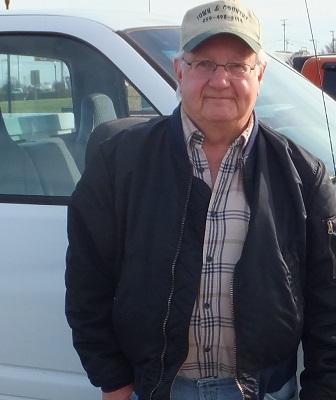
Morris Drake served his military stint and like Chenault enrolled at Eastern Kentucky University on his return. He then went on to earn a Master’s Degree from Tulane. Drake alongside Steve Thorpe, Scott and Mike Overbee, and Mark Snowden played as Stagger. The boys were the house band at Camelot East and regulars at Richmond’s Phone 3 Lounge. He later worked with a touring group based out of Louisville that once played a grueling 55 gigs in 57 days! In the last decade, Drake has played behind Stanton artist Rachel Crowe and others while continuing to work in web development.
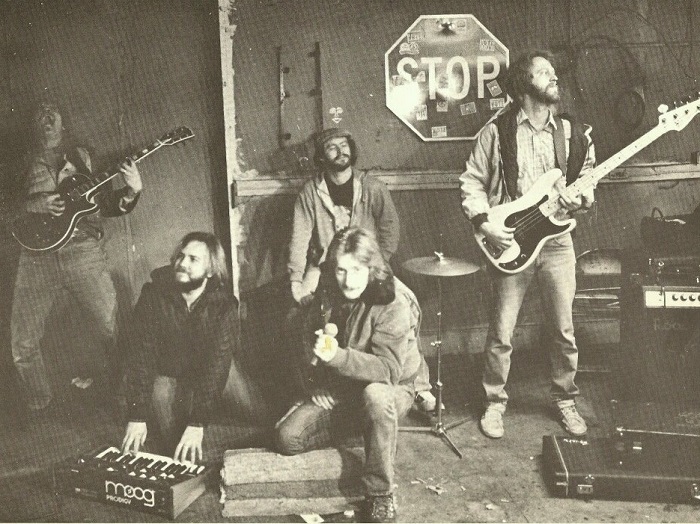
Discography:
45s:
MUSICARTS INC.
1013 / 1014 Now Who’s Good Enough / Tarantula 1966
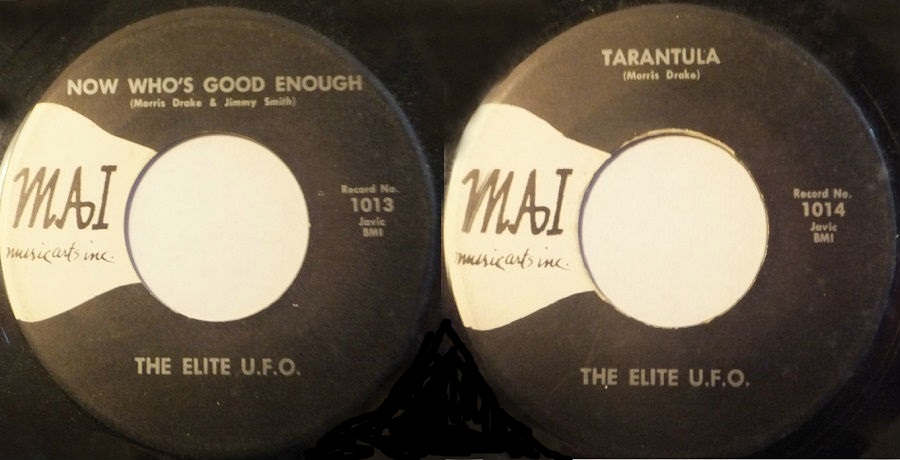
LP/CD compilations:
Now Who’s Good Enough:
Back From the Grave Vol 8 – Crypt Records (1996)
Garage Stompers: From the Vaults 1965 – 1968 Vol 2 (2019)
Psychedelic States – Kentucky In the 60s – Gear Fab 2021
Tarantula:
Surf-Age Nuggets (Trash & Twang Instrumentals 1959-1966) – Rockbeat Records 2012
Great article
My wife’s father was Jay Smith,,,bass player. I’d love to hear any info about this band!
My daddy is Jay Smith, my name is Daphne Smith. Thankyou so much for writing this article. Music was Daddy’s life. He also played in the church before his death. Among all the stories he told, I never had the pleasure of hearing the story of the bear. It’s nice to know he’s being remembered. I have one of the lone 45’s talked about. I treasure it. I had been searching for it for many years after Daddy passed. Jimmy Smith gave me one for my birthday one year.